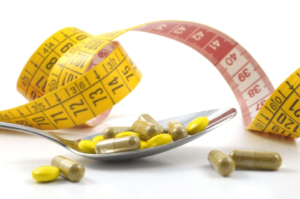
12 Healthy Steps to Follow When Grocery Shopping
When heading to the supermarket, it’s important to have a clear plan of what you intend to purchase.
Creating a list of necessary or missing items at home helps avoid adding unnecessary or less nutritious foods to your cart, which can negatively impact your health and wallet.
Steps for Healthy Grocery Shopping

Following these steps will help you make healthier choices and contribute to maintaining a balanced diet.
Plan Your Shopping: Create a list of necessary foods and stick to it.
Shop After Eating: Going to the supermarket after a main meal reduces anxiety and helps avoid impulsive purchases.
Understand the Difference Between Light and Diet Products: Light products have fewer calories, fat, sugar, or sodium, while diet products are sugar-free, contributing to a balanced diet.
Avoid Sugar: Choose sweeteners based on sucralose or stevia, which are calorie-free and protect your health.
Select Single-Vegetable Oils: Opt for oils like sunflower, canola, soybean, corn, or olive, which have less saturated fat and help prevent cardiovascular diseases.
Use Olive Oil Raw: Olive oil should be consumed raw to maintain its heart-protective effect.
Check Expiration Dates and Labels: To avoid indigestion or food poisoning, verify expiration dates and compare nutritional labels.
Organize Your Shopping: Start with dry foods like rice, legumes, and nuts, and save refrigerated items for last.
Choose Lean Meats: Purchase lean cuts of beef, pork, turkey, and chicken without fat or skin.
Include Seafood Products: Tuna and fish are essential for their omega fatty acids.
Prioritize Fruits and Vegetables: They provide essential vitamins and minerals; take your time in this section.
Buy Seasonal Fruits: They are more affordable and of better quality.
For more information about the Gastric Balloon treatment, visit our Gastric Balloon page.

Karen Agudelo
Nutricionista
Grupo de Obesidad
Clinica Medellin
Other Articles


Health Alert Ultra Lipo No. 042-2024

Binge Eating Disorder: A Common Issue Among Obese Individuals

12 Healthy Steps to Follow When Grocery Shopping

14 Myths, Realities, and Recommendations for Weight Loss

